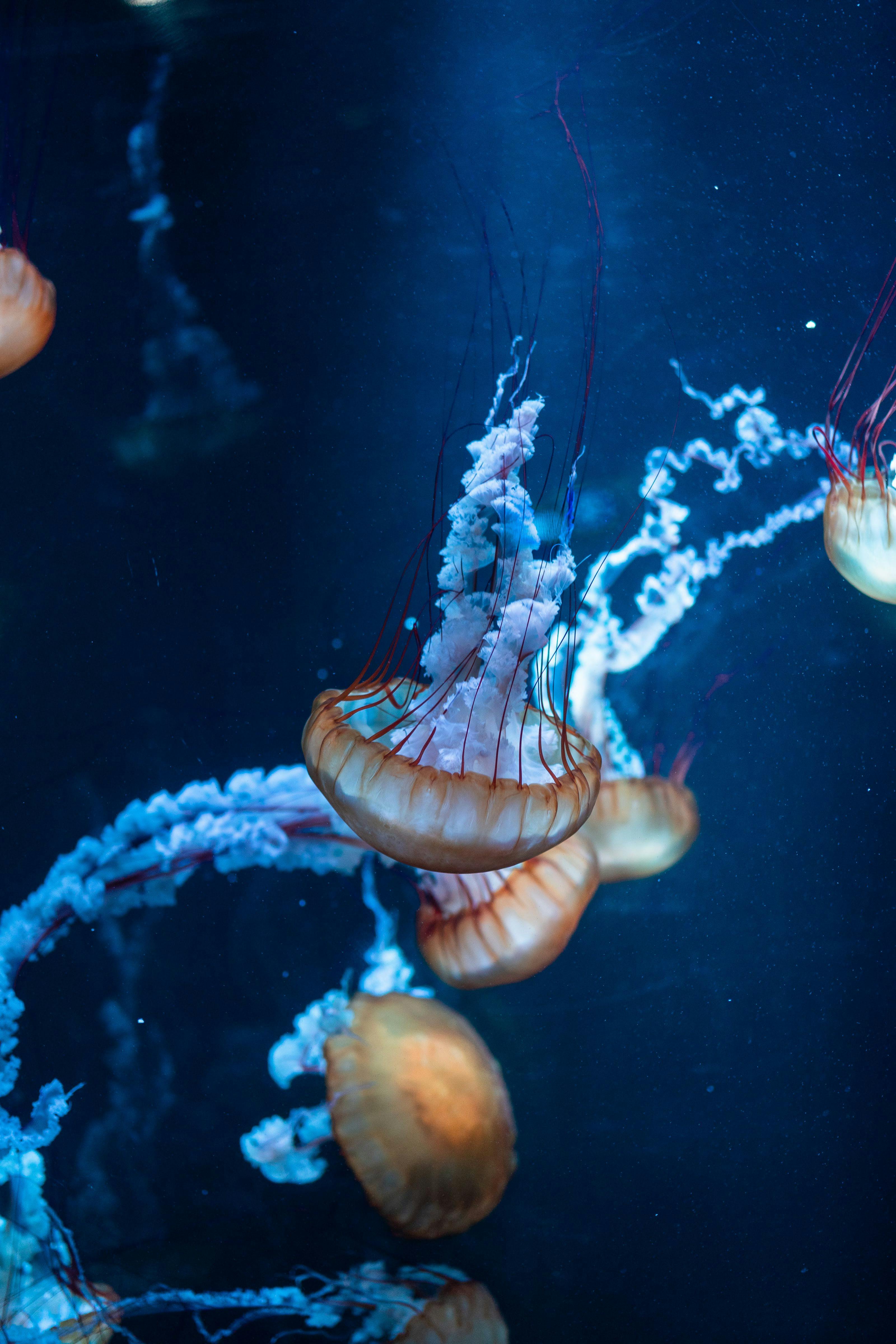Discovering the Silent World of Marine Pets: An Insight into Aquarium Ecosystems
In the silent depths of our homes, marine pets offer a unique and serene encounter with nature. This article delves into the fascinating world of aquarium ecosystems, discussing their history, current trends, and impact on the pet industry. The art of keeping fish as pets dates back to ancient times, with the Romans and Chinese among the first to cultivate ornamental fish. In the Victorian era, the aquarium hobby gained popularity as glass tanks became more accessible. Today, this tradition continues, evolving with technological advancements and an increased understanding of marine biology.

The Current Wave of Aquarium Trends
In recent years, aquarium enthusiasts have embraced the concept of biotope aquariums, which aim to replicate the natural habitats of fish accurately. These setups prioritize the well-being of the fish, promoting natural behaviors and creating a more authentic experience for the owner.
Another emerging trend is nano aquariums. These small-scale tanks, typically below 30 gallons, have gained popularity for their aesthetic appeal and compact size, ideal for urban living spaces. Despite their size, nano aquariums can host a variety of marine life, from vibrant fish to intriguing invertebrates.
The Price and Impact of Aquarium Keeping
The market for aquarium products is vast, with costs ranging from affordable to high-end. A basic freshwater setup can start at around $100, while a sophisticated marine aquarium can cost several thousand dollars. The industry’s impact is significant, contributing billions annually to the global economy.
However, the hobby also has environmental implications. Despite efforts to promote captive breeding, many marine species are still collected from the wild. Overharvesting and destructive collection methods have resulted in declining fish populations and damaged coral reefs. As a result, the aquarium industry is facing increased scrutiny and calls for sustainable practices.
Aquarium Keeping: A Blend of Science and Art
Keeping an aquarium involves both scientific understanding and aesthetic sensibility. Owners need to monitor water parameters, provide appropriate nutrition, and understand the social dynamics of their aquatic pets. Simultaneously, designing an aquarium layout requires artistic flair, creating a visually pleasing habitat that also meets the needs of its inhabitants.
Steering the Future of Aquarium Keeping
The future of aquarium keeping lies in striking a balance between human enjoyment and animal welfare. Advances in technology, such as smart aquarium monitors, are helping owners better care for their pets. Additionally, increasing awareness of sustainability issues is driving change in the industry, with greater emphasis on captive breeding and responsible sourcing.
In conclusion, aquarium keeping offers a unique opportunity to connect with the underwater world and learn about diverse marine species. It is a hobby that combines science, art, and a love for animals. As we move forward, it is crucial to ensure that our fascination with these silent swimmers helps rather than harms their wild counterparts.




